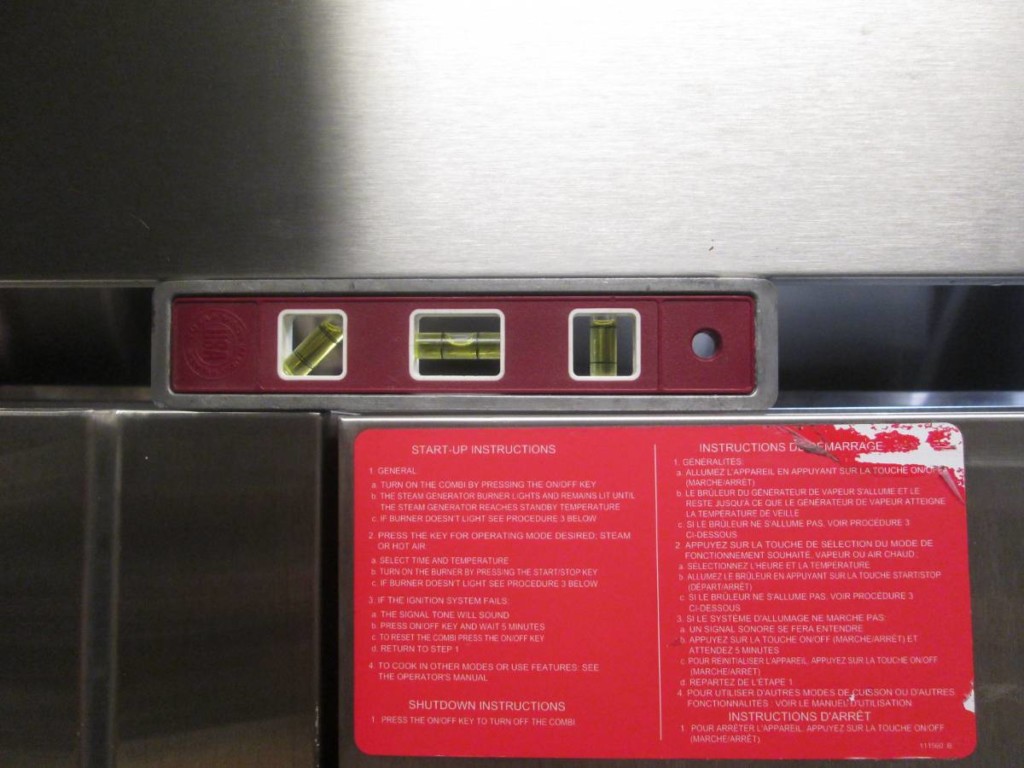-
Door is leaking steam
I am trying to get my OGS 20.20 Combi oven to stop leaking steam and Its driving me nuts.
I have already leveled the unit on 4 different occassions as it would “move” until I made a bracket to keep it in place as I refuse to bolt equipment down unless its 100% needed.
A couple of months back, I leveled it, so its nice and level, door won’t close -.- so I check again and readjust it just a bit and the door still wont close so I eyeball the door top level so its closing again but still leaking, adjusted it as good as I could but if I level it so its level, the door won’t close……………
A while later I changed the door gasket and it started leaking like crazy a bit after that, I went through the checklist again and ended up adding spacers to bring the glass panel further out and squish on the gasket even more which made it stop at the time. Then I change the door gasket and here we are again, now I want to solve it for good and find the little, stupid, easy fix adjustment that will make it stop.
The door has a glass panel that seals to the door gasket, that’s it. Nothing fancy but I can’t get it to stop leaking, I went back to war today and took the door off and kicked it a little bit (made me feel better) then I checked both hinge pieces and adjusted them so the door is evenly spaced on the left seam and right seam to the door and they are within Cleveland’s specs.
The picture below is after I did that and the gap got better on top but its still not 100% Now the level is telling me to raise the left side which will increase the gap even more so I did not do that.

Here is the unit running. There is steam right around the handle, a little hard to see but its there if you look close

I feel like I made real progress today by bringing the door gap even on both sides which it probably never was and I was too “concerned” to do anything about it, thinking I would mess up the door alignment but today, I figured that its messed up anyways, how much worse can it get? Then the door almost fell of when I loosened a bolt, but I caught it!
Anyways, I could use some help on this, I have followed Cleveland’s instructions but they tend to require special tools and gimmicks to check it to a 100% so I am using what I got but I am hoping someone else has an idea of what would do it.
Log in to reply.
